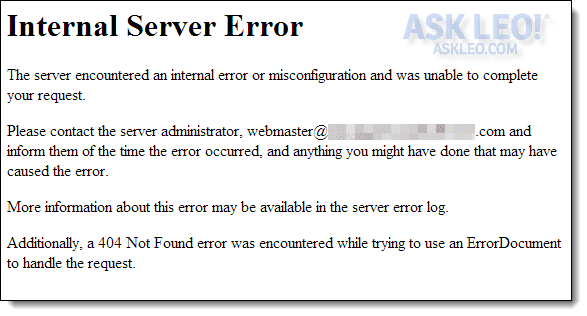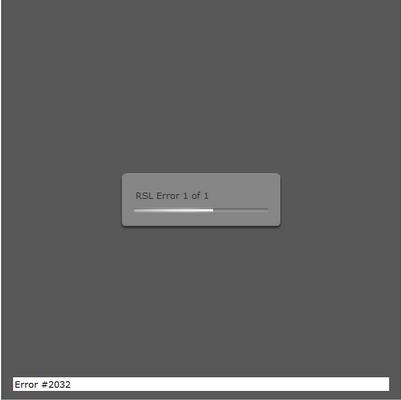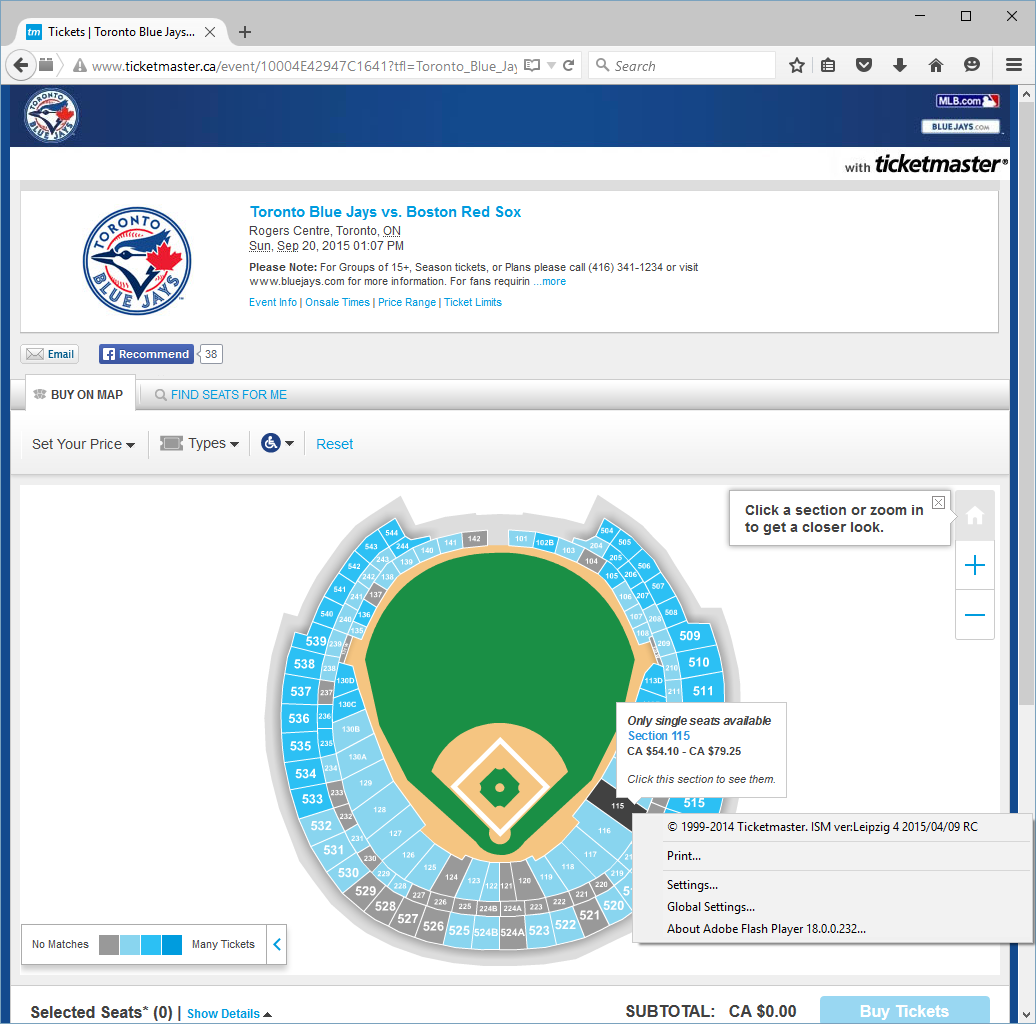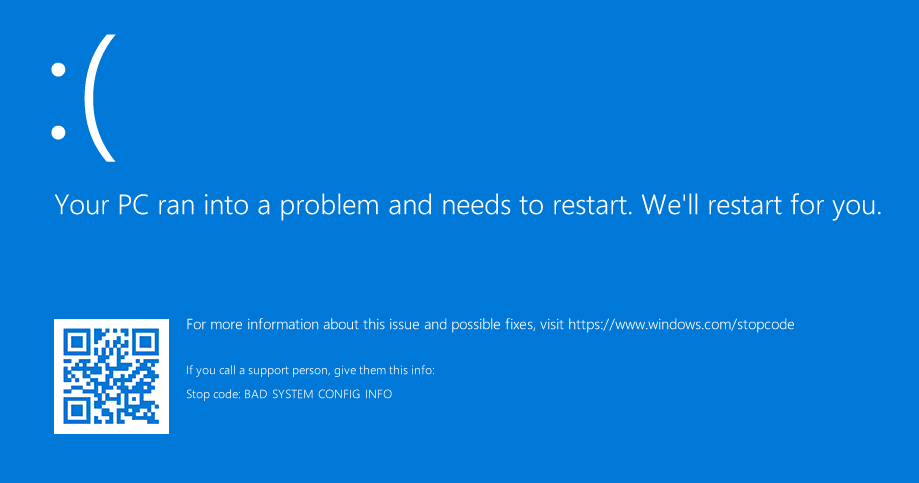

You may find pages with 300-, 400-, and 500-level HTTP status codes under the Excluded, Error, or Valid with warnings sections, depending on the type of code. This area of your dashboard shows four types of content on your site: You can view 300-, 400-, and 500-level status codes in the Coverage report: Google Search Console’s Coverage report One way to monitor how Google perceives the HTTP status codes on your site is to use Google Search Console. Checking for HTTP Status Codes in Google Search Console In other words, when you use temporary redirects for pages that have moved, you lose the SEO advantage of all the link building you’ve done. In a nutshell, however, permanent redirects share link equity from backlinks, but temporary ones do not. The main thing you need to know to understand their impact is the difference between permanent and temporary redirects, which we’ll cover in more detail in the relevant section below. Too many of these errors can also indicate that your site isn’t of high quality, possibly lowering your rankings.ģ00-level codes have a bit more complicated relationship with SEO. 400- and 500-level responses can prevent bots from crawling and indexing your pages. However, they aren’t going to boost your rankings either.įor the most part, it’s the higher-level codes that matter for SEO. They signal that everything is working as it should on your site, and enable search engine bots to continue on their way. Generally speaking, 100- and 200-level HTTP status codes won’t have much impact on your SEO. In some cases, these messages can influence if and how your pages get indexed, as well as how search engines perceive the health of your site. Search engine bots see HTTP status codes while they’re crawling your site. Why HTTP Status Codes and Errors Matter for Search Engine Optimization (SEO)
Error flashcode 2032 httpstatus 0 code#
Each individual code has a specific and unique meaning, which we’ll cover in the more comprehensive list below. Within each of these classes, a variety of server codes exist and may be returned by the server. 500s: Server error codes indicating that the request was accepted, but that an error on the server prevented the fulfillment of the request.

400s: Client error codes indicating that there was a problem with the request.300s: Redirection codes returned when a new resource has been substituted for the requested resource.200s: Success codes returned when browser request was received, understood, and processed by the server.100s: Informational codes indicating that the request initiated by the browser is continuing.

Knowing what they are can help you quickly determine the general substance of a status code before you go about looking up its specific meaning. These are groupings of responses that have similar or related meanings.

HTTP status codes are divided into 5 “classes”. This will be followed by the status code that was returned by the server. To see HTTP status codes with one of these tools, look for the line appearing near the top of the report that says “Status: HTTP/1.1”. Browser extensions are available for developer-friendly platforms such as Chrome and Firefox, and there are many web-based header fetching tools like Web Sniffer. If you want to see the status codes that your browser doesn’t normally show you, there are many different tools that make it easy. Here’s a code that explains what went wrong.” Google 404 HTTP status code This is the server’s way of saying: “Something isn’t right. It’s usually only when something goes wrong that you might see one displayed in your browser. While status codes are returned every single time your browser requests a web page or resource, most of the time you don’t see them. HTTP status codes are delivered to your browser in the HTTP header. The server receives and processes the request, and then sends back the relevant resources along with an HTTP header. Every time you click on a link or type in a URL and press Enter, your browser sends a request to the webserver for the site you’re trying to access.


 0 kommentar(er)
0 kommentar(er)
